ML7 Hand Crank / Wheel?
| Oldiron | 24/02/2021 09:57:57 |
| 1193 forum posts 59 photos | Dr_GMJN The steering wheel looks great now all you need are some gofaster stripes. regards |
| Nick Clarke 3 | 24/02/2021 10:17:56 |
1607 forum posts 69 photos | Posted by Oldiron on 24/02/2021 09:57:57:
Dr_GMJN The steering wheel looks great now all you need are some gofaster stripes. regards Furry Dice? |
| Dr_GMJN | 24/02/2021 12:16:25 |
1602 forum posts | Posted by bernard towers on 24/02/2021 09:51:54:
You may think it’s the last thing you would do but just look at you tube videos and see how many people have got bits of fingers missing and just recently someone on here mentioned some one injuring themselves. So please don’t be that person who would never make that mistake.
Not being dismissive at all, just that it's probably much safer than the alternative which is an un-balanced, lever whipping around, rather than a wheel. Ergo if the lever is considered safe, then a wheel would be, if anything, safer? |
| bernard towers | 24/02/2021 18:53:38 |
| 1221 forum posts 161 photos | Sorry but mine doesn’t WHIP ROUND it disengages itself as soon as you take you hand off |
| Dr_GMJN | 24/02/2021 20:14:16 |
1602 forum posts | Posted by bernard towers on 24/02/2021 18:53:38:
Sorry but mine doesn’t WHIP ROUND it disengages itself as soon as you take you hand off The Hemmingway version doesn’t disengage as far as I can see, and that was what I was going to get, so it’s better than that. |
| roy entwistle | 24/02/2021 20:20:19 |
| 1716 forum posts | The genuine Myford one doesn't disengage either |
| Martin Dowing | 24/02/2021 20:48:41 |
356 forum posts 8 photos | There is a genuine Mayford accessory meant exactly for your envisaged jobs and it it called a crank. I have bought it direcly in Myford works (Beeston) while factory still existed. It can be installed easily and tightened by means of split mandrell and tapered cone. It can also be released easily, all done in seconds. I am using it with every success and it is really handy for example for setting job in 4 jaw with an aid of clock and it is holding strong enough to tap M12 in steel with no problems. |
| Jeff Dayman | 24/02/2021 21:01:06 |
| 2356 forum posts 47 photos | I would recommend unplugging the lathe motor from the power source before using any sort of handle or handwheel in the outside end of the spindle of any lathe. Very unlikely that anyone could get hurt by a handle or handwheel if the power to the lathe is off. Better to be super cautious with this rather than get hurt by a momentary loss of concentration / wrong move, in my opinion. |
| Dr_GMJN | 27/03/2021 16:42:37 |
1602 forum posts | Just to complete the thread - I finally got this done: I made a split spindle to fit in the lathe shaft, and a brass cone to fit in the end to expand it and lock it in place: |
| bernard towers | 27/03/2021 20:30:21 |
| 1221 forum posts 161 photos | |
| Frank Gorse | 27/03/2021 20:39:22 |
| 104 forum posts | I like Bernard’s version myself,are there any drawings anywhere to save me from making several scrap ones? |
| Nigel Graham 2 | 27/03/2021 22:06:04 |
| 3293 forum posts 112 photos | If you use a mandrel crank, as I do very occasionally (and find it usually slips), the obvious precaution is switching off at the mains. As a using aid though it's also worth slacking the belt from the countershaft, to reduce the drag given by trying to rotate the motor as well as lathe. (I've done that to use my Meddings bench-drill as a tapping-device.)
' (I've a mischievous mental image of a certain car with a small tiller stamped 'Myford', in place of its steering-wheel...) |
| Dr_GMJN | 27/03/2021 22:38:59 |
1602 forum posts | Posted by Nigel Graham 2 on 27/03/2021 22:06:04:
If you use a mandrel crank, as I do very occasionally (and find it usually slips), the obvious precaution is switching off at the mains. As a using aid though it's also worth slacking the belt from the countershaft, to reduce the drag given by trying to rotate the motor as well as lathe. (I've done that to use my Meddings bench-drill as a tapping-device.)
' (I've a mischievous mental image of a certain car with a small tiller stamped 'Myford', in place of its steering-wheel...)
My ML7 has a clutch, so there’s no motor drag, just a bit from the belts, but that’s no issue. Having cobbled together a crank temporarily, I think a wheel is much better solution, at least for threading, for a number of reasons: 1) The part you need to grab hold of to turn (ie the rim) is always in the same place, and is always visible from the front of the lathe. 2) You’re not stretching to get a complete revolution because you can increment the rim round. 3) Your body is naturally closer to the centre of the lathe because there’s no handle projecting away from where you’re working. 4) It’s far better balanced for rapid turning with a finger when reversing the leadscrew. 5) If you accidentally turn the lathe on, theres virtually no vibration due to imbalance. In addition, a wooden rim, to me, has a much nicer feel than a piece of metal bar. So I’ll be sticking with my version.
|
| Steviegtr | 28/03/2021 00:59:56 |
2668 forum posts 352 photos | Well Doc i still think it is naff & needs to be on my wall. If my F-type did not have an air bag & a million controls on it i would put it on there. It would look so much nicer. Steve |
| Nigel McBurney 1 | 28/03/2021 09:39:53 |
1101 forum posts 3 photos | Ok a steering wheel is better /safer than a handle,a disc of aluminium with a round rim and recessed in the centre,with no holes or spokes would be safer.some larger lathes had 5c collet tubes with a round disc to tighten the collets and these could be safe when operating/rotating under power, I would have thought that care would have to be taken with a steering wheel as this could put a lot of torque on the tap,which can then put too much torque on the tailstock,the Myford tailstock barrel has only a small key to prevent rotation and the jacobs chuck relies on just the morse taper ,damage this taper and the machine is no longer an accurate centre lathe. Larger taps than BA or 1/4 whit can be held in place with a spring loaded centre and held on the flats with a spanner,Every time I use the S7 to tap a small hole I always curse and have to rotate the chuck by hand,a reversing motor would take just as long as the motor has to be switched off ,come to a standstill then started in reverse,The ideal situation would be a pair of clutches on the Myford to give near instant forward /reverse,in olden days when lathes with flat belts had the line shaft overhead,with power off the belt could be grabbed and pulled either up or down to give instant forward /or reverse. |
| bernard towers | 28/03/2021 09:59:38 |
| 1221 forum posts 161 photos | A friend of mine has a Boxford with a handwheel fitted behind the chuck! It looks like a standard fitting. |
| JasonB | 28/03/2021 10:11:15 |
25215 forum posts 3105 photos 1 articles | There are some 5C chucks that have a similar wheel that are popular in the US but you don't see them much over here
|
| Mike Poole | 28/03/2021 11:19:18 |
3676 forum posts 82 photos | The steering wheel brings a bit of fun to the workshop but even my standard pattern handle will slip. I would be concerned about distorting the spindle if I had to tighten the taper lock enough to resist the torque available from such a large wheel. Of course if the purpose is to make life very easy rather than apply huge force then no need to worry. Mike |
| Dr_GMJN | 28/03/2021 11:20:34 |
1602 forum posts | Posted by Nigel McBurney 1 on 28/03/2021 09:39:53:
Ok a steering wheel is better /safer than a handle,a disc of aluminium with a round rim and recessed in the centre,with no holes or spokes would be safer.some larger lathes had 5c collet tubes with a round disc to tighten the collets and these could be safe when operating/rotating under power, I would have thought that care would have to be taken with a steering wheel as this could put a lot of torque on the tap,which can then put too much torque on the tailstock,the Myford tailstock barrel has only a small key to prevent rotation and the jacobs chuck relies on just the morse taper ,damage this taper and the machine is no longer an accurate centre lathe. Larger taps than BA or 1/4 whit can be held in place with a spring loaded centre and held on the flats with a spanner,Every time I use the S7 to tap a small hole I always curse and have to rotate the chuck by hand,a reversing motor would take just as long as the motor has to be switched off ,come to a standstill then started in reverse,The ideal situation would be a pair of clutches on the Myford to give near instant forward /reverse,in olden days when lathes with flat belts had the line shaft overhead,with power off the belt could be grabbed and pulled either up or down to give instant forward /or reverse. I’m not sure how I could damage anything by excess torque. I’m using a tailstock die holder with a hand lever to stop rotation. For taps I’m using a spring centre in conjunction with either a hand tap holder (the one with a chuck), or a tap wrench. For very small taps I’m using a pin drill chuck, held so it rotates freely in a tailstock chuck. I put a small bar through to hold it from rotating. ETA I’m only using small taps and dies for model steam engines: 8BA up to M10 kind of size occasionally for other random projects. I’m not wanting or hoping to apply high torques here. None of the above transfers any torque to the tailstock. There might be more torque, but I think there’s also more control because your hand is always applying load downwards in the same area rather than your arm stretching while moving in a circle. When hand threading with a tap or die I’m constantly backing off the tool every half turn or so to break the chips, and the wheel is ideal for that. If I want to reverse the leadscrew when screwcutting (with the saddle engaged), I can just put a finger against a spoke and it spins freely and rapidly backwards with very little effort because there’s no heavy lump of unbalanced handle deal with. If I accidentally started the lathe with it fitted, to injure myself I’d have to: 1) not notice the wheel was spinning and 2) put my arm through the spokes ie in a motion longitudinal to the lathe axis. I genuinely can’t see any risk of that whatsoever. With an unbalanced handle spinning around there’s a far higher volume where you could get seriously hurt. I’m not suggesting anyone goes out and buys a steering wheel to make a hand turning device, just that this is what I’ve done with an unused thing I had around, to make something I needed. I’ve seen some people use old bike cranks, but to me they don’t save much machining time and look a bit naff. It cost me nothing to make a shaft for the wheel, and gave me some much needed practice in milling, turning and thread cutting. It works well, and it’s still what I think is a nice display item in the garage - just as it was previously hanging on the wall. At the end of the day, I can unscrew two grub screws and a lock ring and it’s an untouched steering wheel again. That’s really all it is. Edited By Dr_GMJN on 28/03/2021 11:23:18 |
Please login to post a reply.
Want the latest issue of Model Engineer or Model Engineers' Workshop? Use our magazine locator links to find your nearest stockist!
Sign up to our newsletter and get a free digital issue.
You can unsubscribe at anytime. View our privacy policy at www.mortons.co.uk/privacy
- hemingway ball turner
04/07/2025 14:40:26 - *Oct 2023: FORUM MIGRATION TIMELINE*
05/10/2023 07:57:11 - Making ER11 collet chuck
05/10/2023 07:56:24 - What did you do today? 2023
05/10/2023 07:25:01 - Orrery
05/10/2023 06:00:41 - Wera hand-tools
05/10/2023 05:47:07 - New member
05/10/2023 04:40:11 - Problems with external pot on at1 vfd
05/10/2023 00:06:32 - Drain plug
04/10/2023 23:36:17 - digi phase converter for 10 machines.....
04/10/2023 23:13:48 - More Latest Posts...
- View All Topics
- Reeves** - Rebuilt Royal Scot by Martin Evans
by John Broughton
£300.00 - BRITANNIA 5" GAUGE James Perrier
by Jon Seabright 1
£2,500.00 - Drill Grinder - for restoration
by Nigel Graham 2
£0.00 - WARCO WM18 MILLING MACHINE
by Alex Chudley
£1,200.00 - MYFORD SUPER 7 LATHE
by Alex Chudley
£2,000.00 - More "For Sale" Ads...
- D1-3 backplate
by Michael Horley
Price Not Specified - fixed steady for a Colchester bantam mark1 800
by George Jervis
Price Not Specified - lbsc pansy
by JACK SIDEBOTHAM
Price Not Specified - Pratt Burnerd multifit chuck key.
by Tim Riome
Price Not Specified - BANDSAW BLADE WELDER
by HUGH
Price Not Specified - More "Wanted" Ads...
Do you want to contact the Model Engineer and Model Engineers' Workshop team?
You can contact us by phone, mail or email about the magazines including becoming a contributor, submitting reader's letters or making queries about articles. You can also get in touch about this website, advertising or other general issues.
Click THIS LINK for full contact details.
For subscription issues please see THIS LINK.
Model Engineer Magazine
- Percival Marshall
- M.E. History
- LittleLEC
- M.E. Clock
ME Workshop
- An Adcock
- & Shipley
- Horizontal
- Mill
Subscribe Now
- Great savings
- Delivered to your door
Pre-order your copy!
- Delivered to your doorstep!
- Free UK delivery!

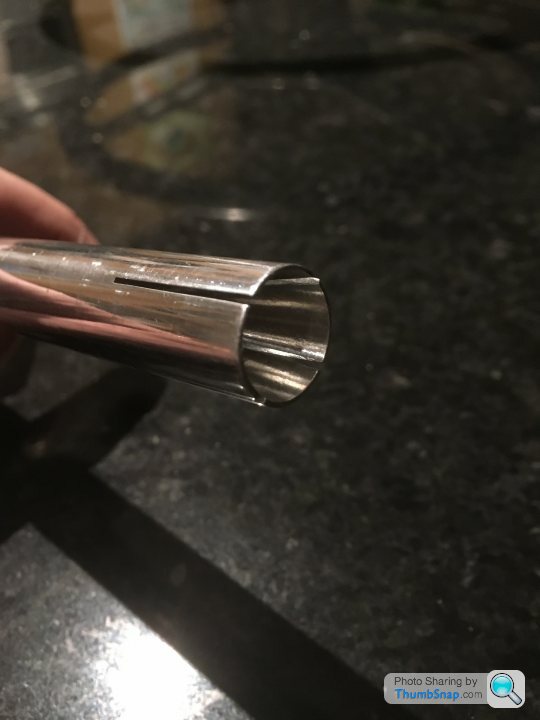
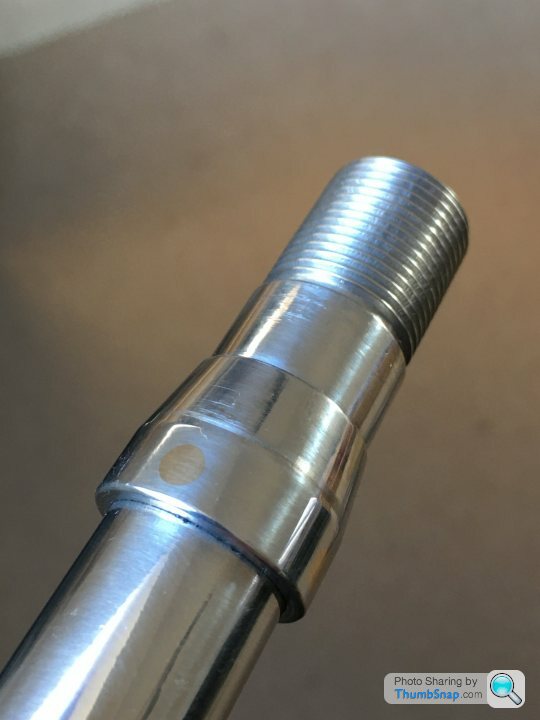
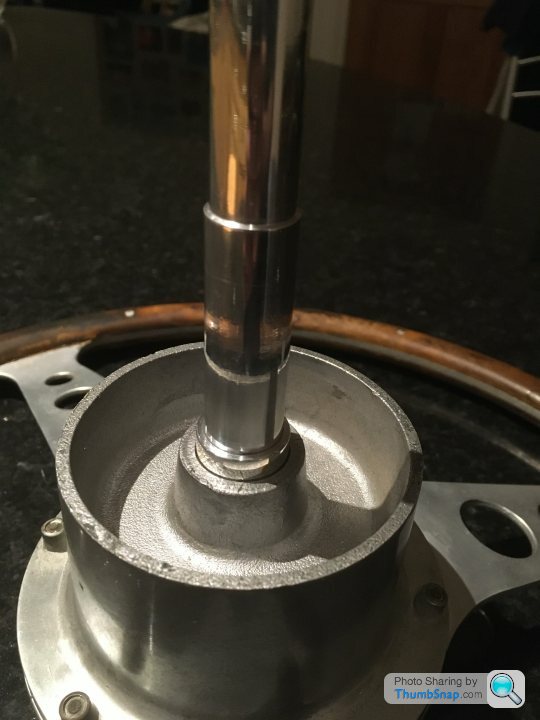
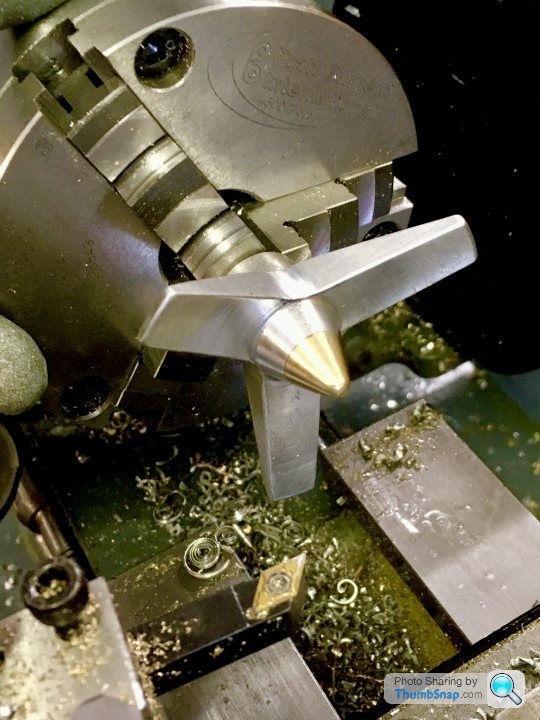
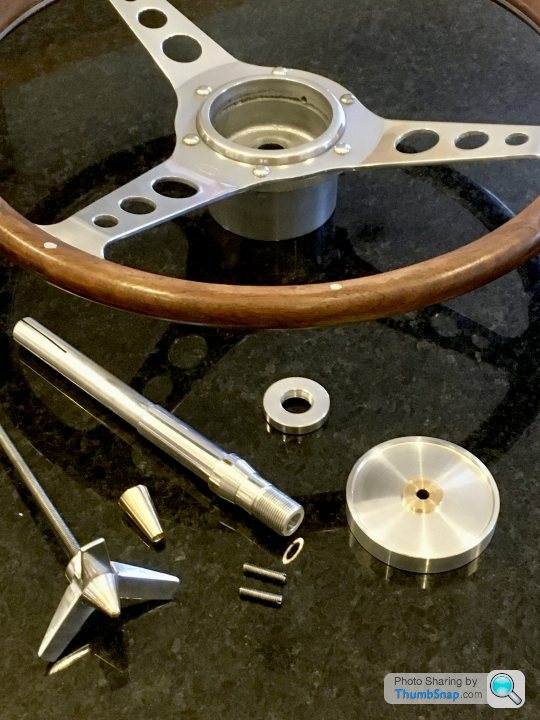
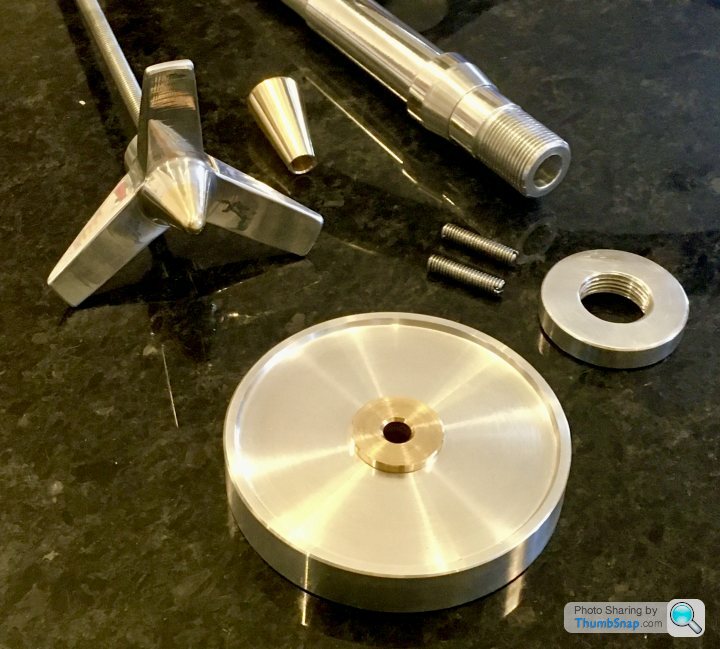
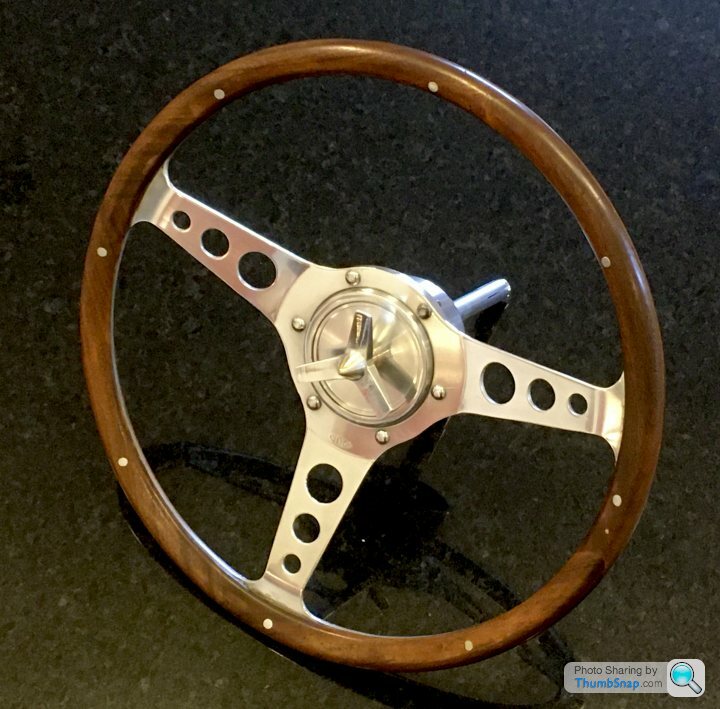
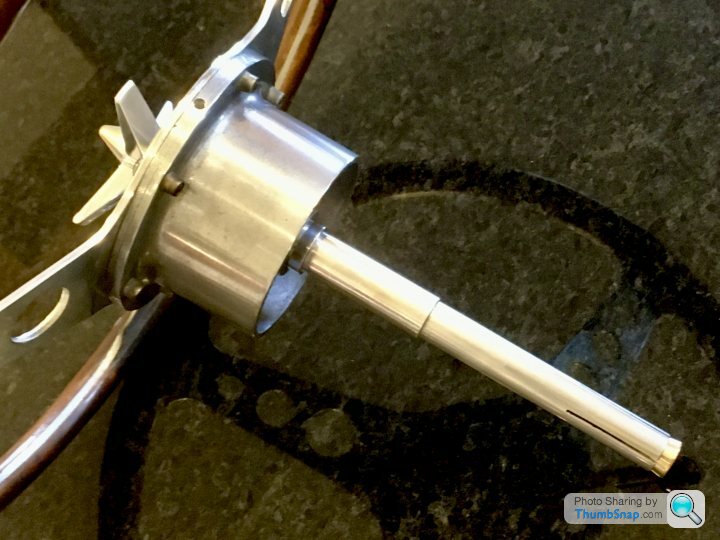


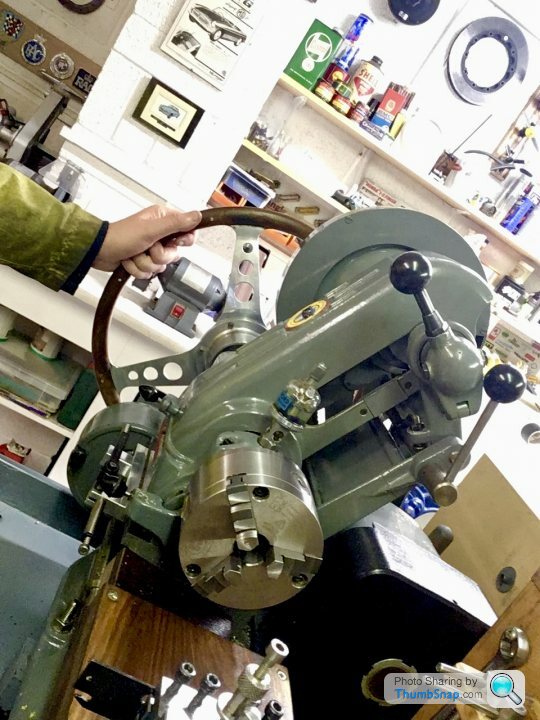
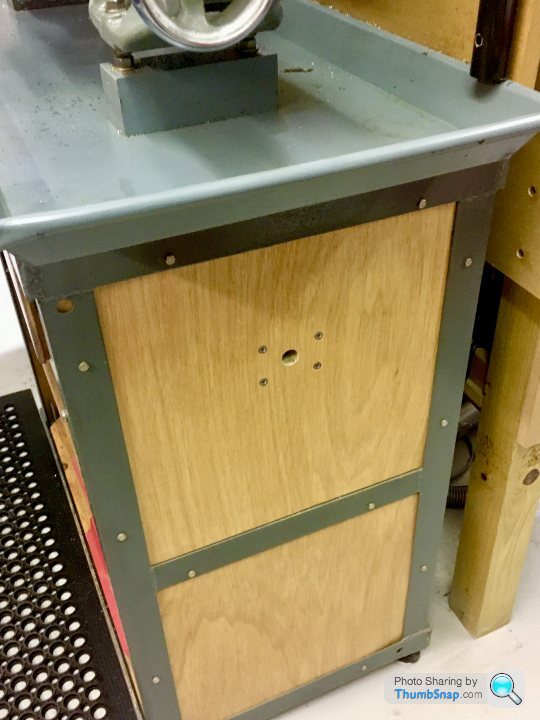
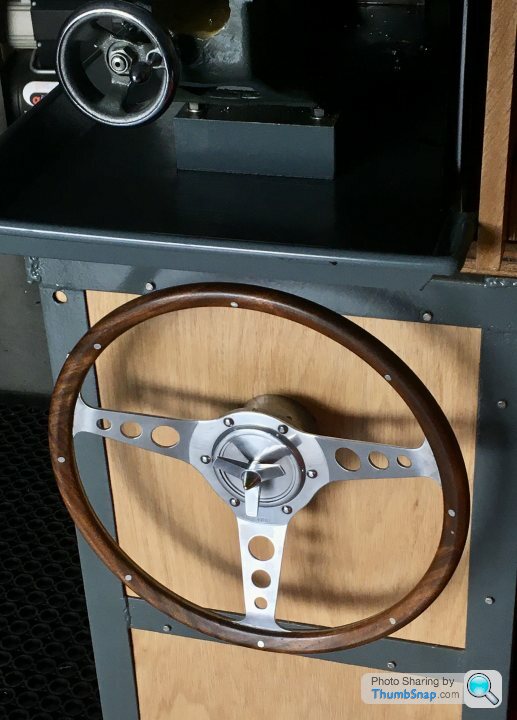












 Register
Register Log-in
Log-in


